BARCODE SOLUTIONS FOR PRODUCTION AUTOMATION
In the manufacturing automation industry, optimizing processes and ensuring accuracy in product management are important factors to ensure competitiveness and efficiency. Barcode solutions have proven to be a powerful tool to meet these requirements. Here are the important factors to consider when applying a barcode solution in the production automation process and how it benefits the business.
What is a barcode?
A barcode is a system that encodes information in the form of sequences of numbers or series of black and white bars for the purpose of identifying a product or specific information about that object. Barcodes are widely used in trade, cargo management, and other applications to track and manage information about products, goods, or other objects.
Barcodes are usually created by using characters, such as numeric codes, library codes, or product codes, and denoting them as numbers or black and white bars on a label or product packaging. Barcode readers, such as barcode scanners, are capable of reading information from a barcode and transmitting it to a computer system for data processing, such as looking up product information or managing warehouses.
There are different types of barcodes, such as EAN-13 codes, UPC codes, QR codes, Data Matrix codes, and many others, each of which is used for a specific purpose. Barcodes have become an important tool in information management and cargo tracking in trade, logistics, and many other fields.
Barcode
The reasons why the automation of production is not effective
Confusion: Barcodes help pinpoint products and where they are in the automation of production. When barcodes are not used, there is a risk of confusing products or positions in the production automation line, leading to errors and having to look for the reason for this error.
Inventory Tracking: Using barcodes makes inventory tracking and storage easier. Without barcodes, managing warehouses and tracking product quantities can become very complex and prone to waste and inaccuracy.
Product Tracking Timeline: Barcodes provide information about the origin, batch number, and other information about the product. When there is a shortage of barcodes, tracking products becomes difficult, especially in ensuring quality and compliance with production automation processes.
Worker Management: Not using barcodes can make human resource management more complicated. Barcodes can help identify people working and tasks they're working on, which enhances performance and task management.
Quick Response: When a barcode is available, problems or problems in the production automation process can be detected and resolved quickly. In the absence of the use of barcodes, identifying the problem and taking corrective measures can become more laborious and difficult.
Effective Tracking: Using barcodes helps collect critical manufacturing automation data to evaluate performance and optimize production automation. Without barcodes, data collection becomes difficult and error-prone.
Managing production automation manually faces many difficulties
The advantages of using barcodes for production automation
Enhance production automation efficiency: Barcodes eliminate reliance on manual work and reduce errors during product identification and tracking. This results in increased production automation and minimizes machine downtime, ensuring higher performance.
Accuracy and Quality Control: Barcodes provide accurate information about products and materials. This helps ensure that the product is properly automated and error-free. Quality inspection standards can also be integrated to ensure the best product quality.
Data Integration: Barcodes combine easily with production automation (MES) and enterprise management (ERP) management systems, creating coherent data alignment. This allows managers to easily track schedules, automate production, manage inventory, and aggregate data for strategic decision-making.
Traceability and Supply Chain Management: Barcodes help track the origin of product components, creating opportunities to enhance supply chain management. This ensures transparency in the origin and automation of product production.
Optimize Inventory Management: Barcodes automate inventory management, helping to minimize surplus or shortage inventory. Inventory information can be updated in real time, helping to optimize the ordering process and planning production automation.
Save Time and Labor: Barcodes reduce the manual work associated with identifying and tracking products, which saves time and labor for employees, while reducing the risk of human error.
Consistency: The use of barcodes ensures consistency in how production automation processes are implemented, from attaching barcodes to reading barcodes during inspection.
Easy Lookup: Barcodes make it easy to retrieve information about products. Information about the origin, expiry date, and history of production automation can be accessed quickly, giving management and customers a clear view of the product.
Product Navigation and Development: Using barcodes helps optimize production automation and product management, helping businesses create high-quality products and driving sustainable development.
Barcode production automation management offers many benefits
The process of applying barcode solutions for production automation
Step 1: Identify goals and needs
First, identify specific goals for the use of barcodes in production automation. This includes identifying specific problems you want to solve, such as increasing efficiency, improving quality control, managing inventory, or increasing transparency in production automation.
Step 2: Choose barcode management software
Research and choose the right barcode management software for your needs. Make sure that this software is capable of managing barcode data, tracking inventory, and has integration with existing systems.
Management software
Step 3: Choose a barcode printer, barcode scanner, printing paper, and barcode ink
Barcode Printer: Choose the right barcode printer for your production automation needs. Make sure it supports the type of barcode you are using.
Choosing the right printer
Barcode Scanner: Choose a quality barcode scanner to ensure accuracy when scanning barcodes on products.
Choose the type of barcode scanner
Barcode Paper: Choose the right quality and size barcode paper for your printer.
Select the type of printing paper
Barcode Ink: Choose a barcode ink that is compatible with the printer and paper.
Choosing the appropriate ink
Step 4: Selection of barcode design software
Choose barcode design software, which allows you to create barcodes based on your product's specific needs.
Design and Customization Features: Make sure the software has diverse design features and allows barcode customization according to needs.
Ease of Use and Barcode Creation: The software needs to be easy to use to create barcodes quickly and efficiently.
Bartender Software
Step 5: Assign barcodes to products
After creating a barcode, attach them to the product by printing directly on the product or attaching a barcode label to the product.
Manage products with barcodes
Step 6: Employee Guidance
Thorough training on how to use barcode systems, including scanning, printing, and checking barcodes to ensure accuracy and efficiency. Only when the team is proficient will the process truly deliver value.
Step 7: Experiment and adjust
Conduct testing of the entire barcode system to ensure that it works properly. Adjust if necessary to fix any issues that arise.
Step 8: Deployment and monitoring
Implement the barcode system into the production automation process and track its operation. Ensure that products are properly automated production with barcodes and free of errors.
Step 9: Analytics and optimization
Continuously monitor the performance of the barcode system and analyze data to optimize the production automation process.
Step 10: Evaluate and adjust
Periodically evaluate the entire barcode process and system. Adjust as needed to meet changing needs and improve performance.
Contact Us
24h barcodes are a reliable partner in providing effective and useful solutions for your business. With our expertise and experience in the field of barcode management, we are committed to providing you with unique tools and services to enhance the performance and efficiency of your business operations. Join us in discovering new opportunities, optimizing processes and creating real value for your business through the use of barcodes.
Hotline: 0943993225 - 0907241800 - 0917382117


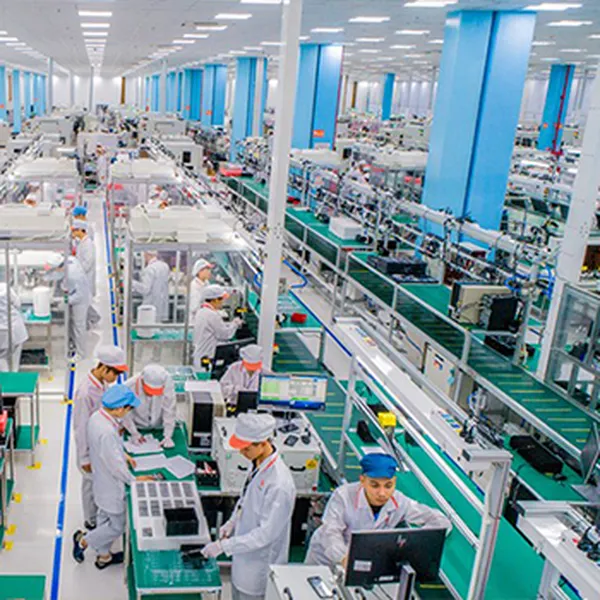
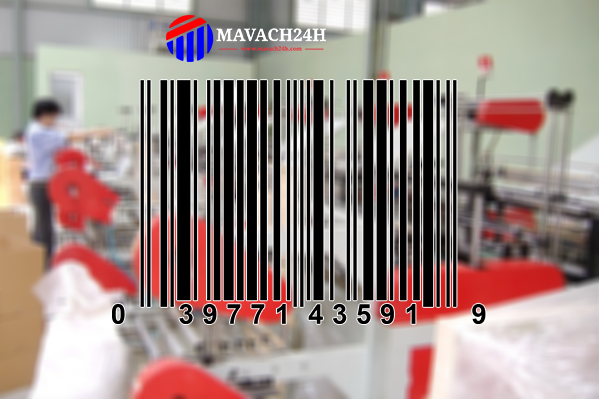


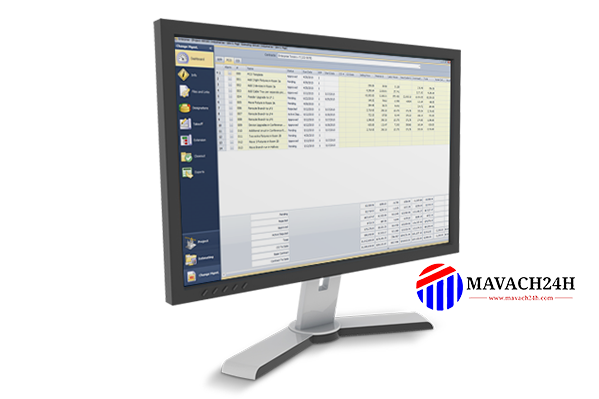
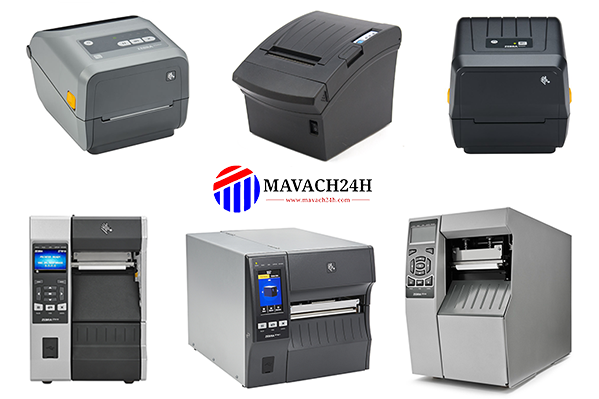
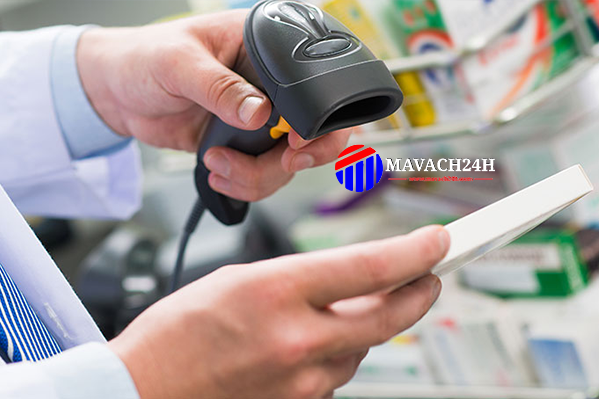
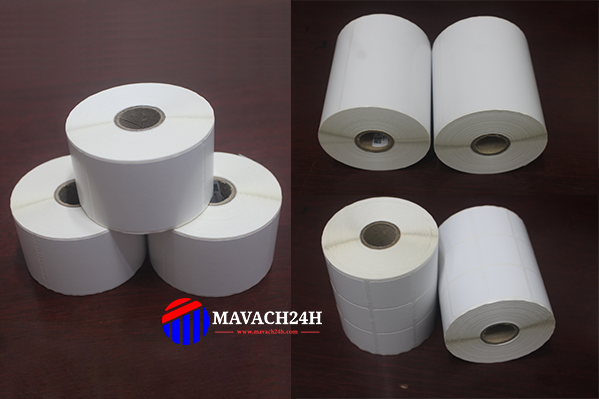

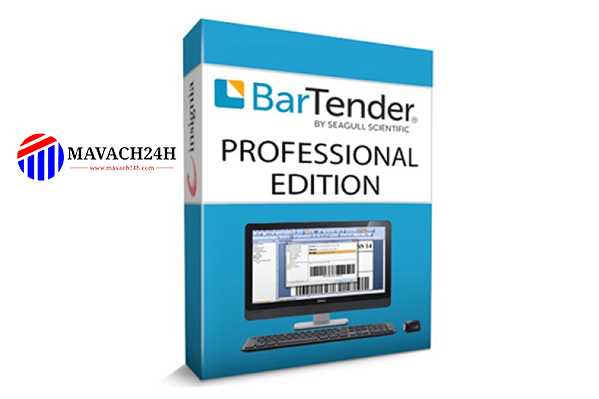
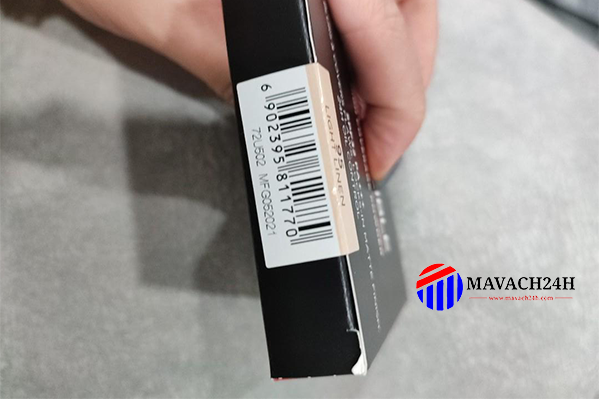
main.comment_read_more